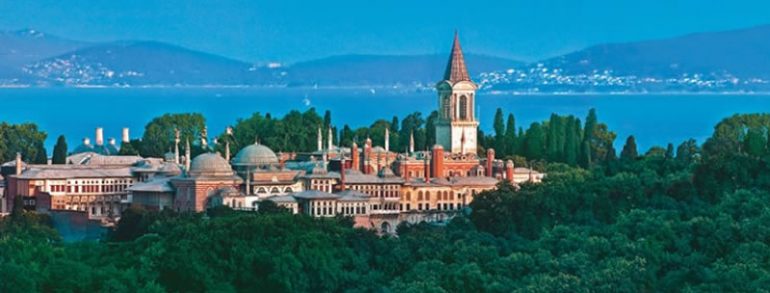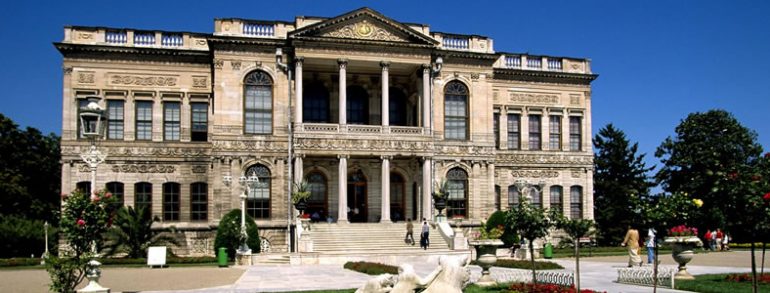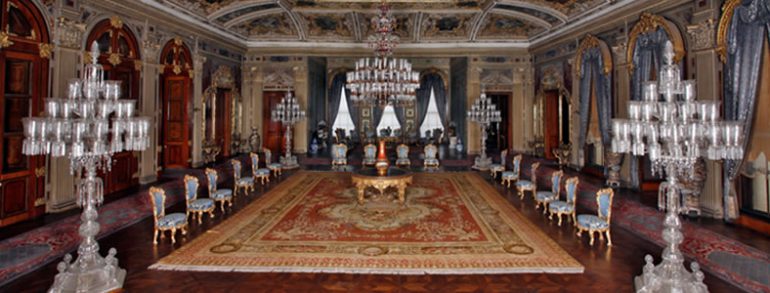It is not completely sure as to when the Tekfur Palace was built, but it is mentioned that the palace was built by the Byzantine Emperor, Porfirogenetos. Other sources write that it was built as an extension to the Blakhernai Palace during the 13th and 14th centuries.It is located between Edirnekapi and Egrikapi next to…
Read more
Tekfur Palace















